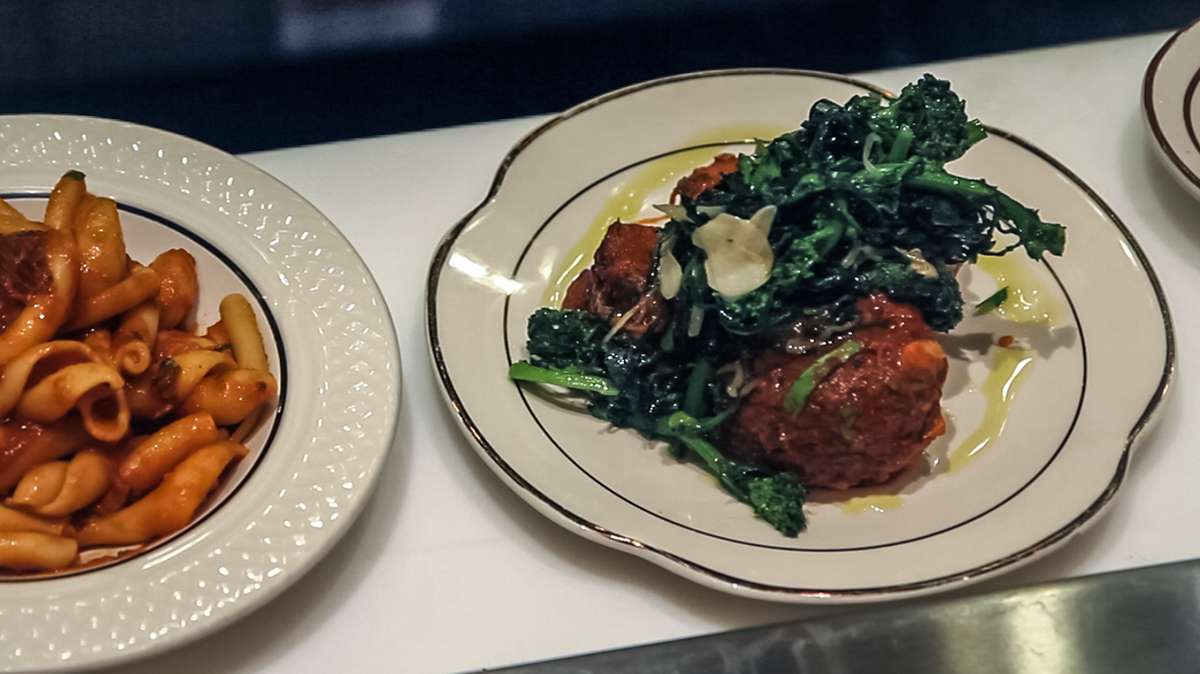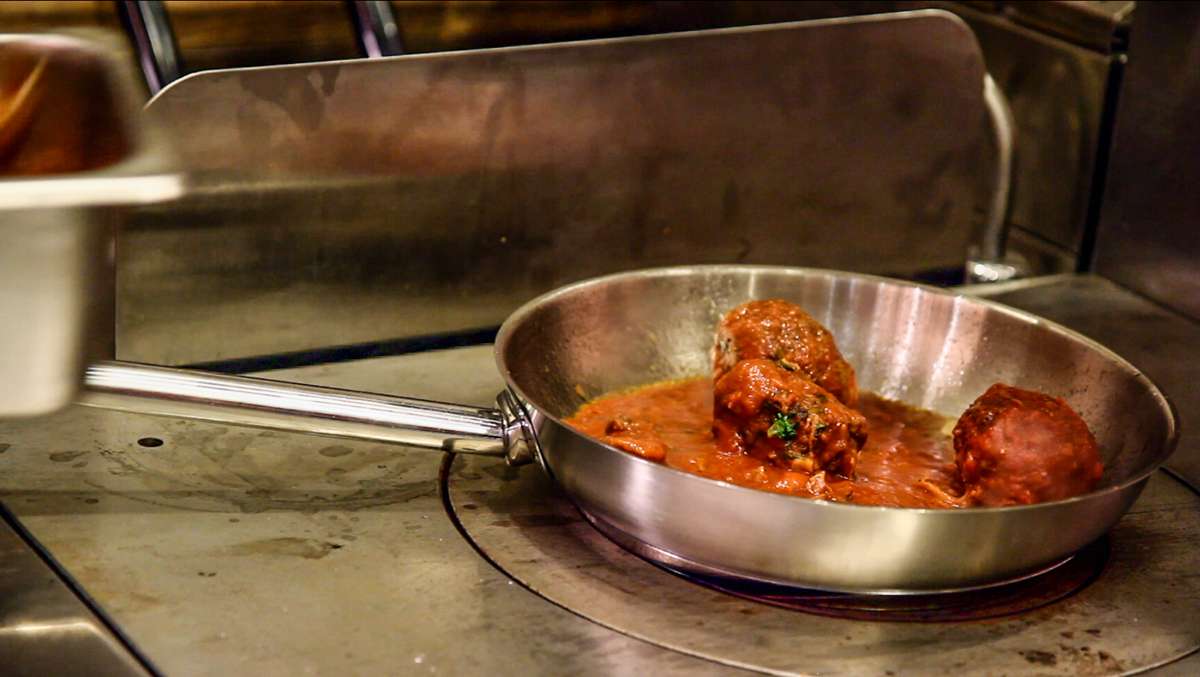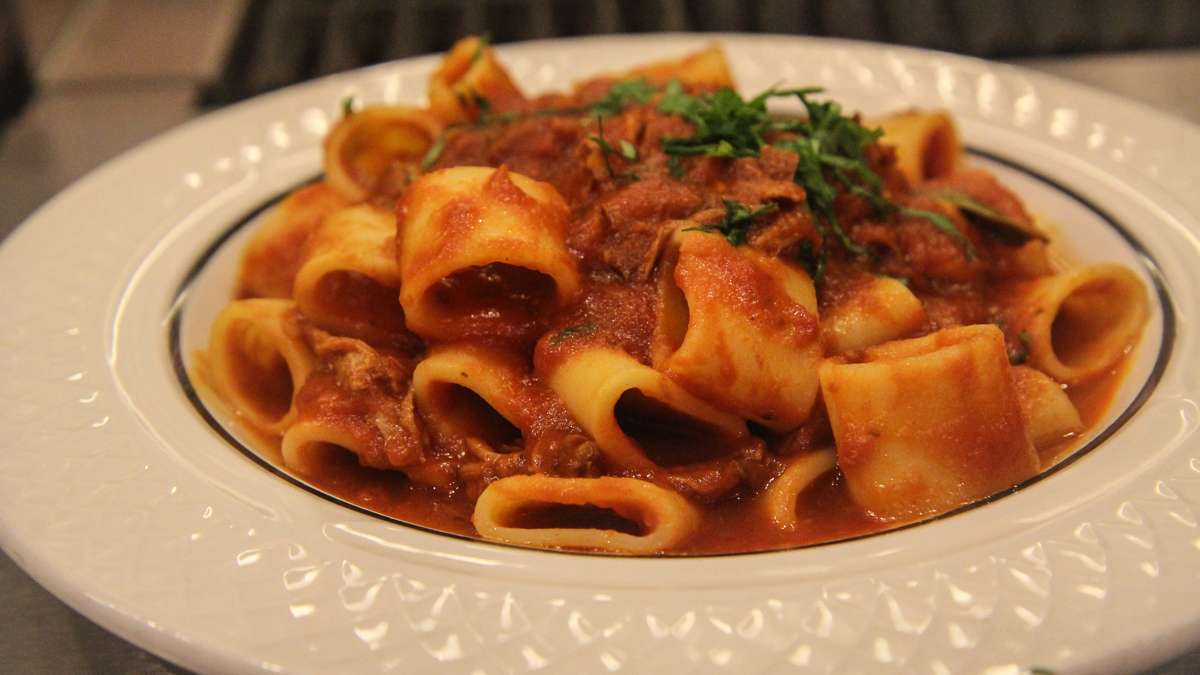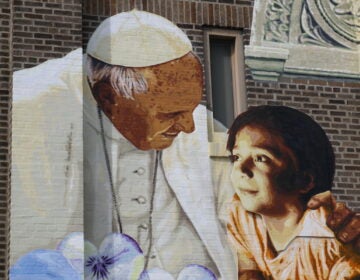For the pope, Brigantessa chef cooks up menu rooted in ‘cucina povera’ — food of the poor [video]
What would you cook up if you had the chance to serve dinner to Pope Francis? We asked some of the city’s top chefs to weigh in. Here’s what they said. This is part five in a series.
To Joe Cicala, chef and owner of Brigantessa and chef at Le Virtu, Italian food is all about the dishes that soothe the soul and quiet the heart in times of great hardship.
That’s why when choosing what he would make for the pope, he crafted a menu deeply rooted in “cucina povera” — the food of the poor in southern Italy.
Cicala chose a vegetarian menu in honor of St. Francis of Assisi — Pope Francis’ namesake and the patron saint of animals.
.embed-container { position: relative; padding-bottom: 56.25%; height: 0; overflow: hidden; max-width: 100%; } .embed-container iframe, .embed-container object, .embed-container embed { position: absolute; top: 0; left: 0; width: 100%; height: 100%; }
The three-piece menu began with pane cotto, a traditional dish from the southern Italian region of Basilicata using basic ingredients available to even the most humble of families: leftover bread, diced chili peppers, garlic, broccoli rabe, cannellini beans and cruschi pepper. Cicala sautéed the ingredients together and added a bit of pasta water and bread to thicken the sauce. He finished it off with peccorino cheese and toasted bread crumbs.
“It’s a filling, resourceful dish that assures nothing, not even old bread, goes to waste,” he said.
Next, with knitting needle in hand, Cicala began the Busiate di Tumminia — a pasta dish named for the Busiate region of Sicily and made from tumminia, an heirloom organic grain once considered extinct until it was rediscovered in the ’90s.
“There’s not a lot of acreage that’s dedicated to tumminia growth,” said Cicala. “We chose [tumminia] to kind of give light on Pope Francis’ love for the environment.“
Cicala rolled the pasta dough by hand, thinning each piece by spreading the dough in front of him. He then skillfully twisted each piece of dough around a knitting needle, creating twisted pieces of pasta.
“Anytime I can make things like pasta, homemade pasta where I get to touch the ingredient, and mold it into different shapes, it’s very therapeutic for me… it’s my only quiet time during the day.”
The pasta is paired with a pesto trapanese — a traditional Sicilian sauce. This pesto looks more like a yellow curry and is made with almonds, basil, garlic, pecorino cheese and cherry tomatoes that grow along the slopes of Mt. Vesuvio.
“It would seem unseemly to offer a meat course in his honor,” said Cicala, when discussing his menu. “So, we propose a dish from Chieti Province in Abruzzo, one that speaks again to the ingenuity of the poor and the brilliance of their cucina.”
The result, and final portion of the meal, was “palott cac’ e ove,” — essentially meatless meatballs.
The small “meatballs” of day-old bread, pecorino cheese and egg are lightly fried and then cooked in a “sugo finto,” — which translates to fake sauce — a Bolognaise-style red sauce made by grinding mixed vegetables and stewing in tomatoes to create the same texture as a meat sauce.
With dinner plated up, the only things left is the wine — one red and one white.
The red hails from Piemonte, where Pope Francis’ family is originally from, and is called Trifula.
The white wine is a small batch called Coenobium made by Cistercian nuns in Rome. (You know, keeping it in the family.)
Back in Philadelphia, Cicala talked about what it is that he loves about being a chef so much.
“Cooking for others, I really enjoy,” he said. “You’re giving life, you’re sustaining people though nutrition and I think that’s a really unique thing. Any type of cooking is an act of love.”
This is part five in a series.
WHYY is your source for fact-based, in-depth journalism and information. As a nonprofit organization, we rely on financial support from readers like you. Please give today.














